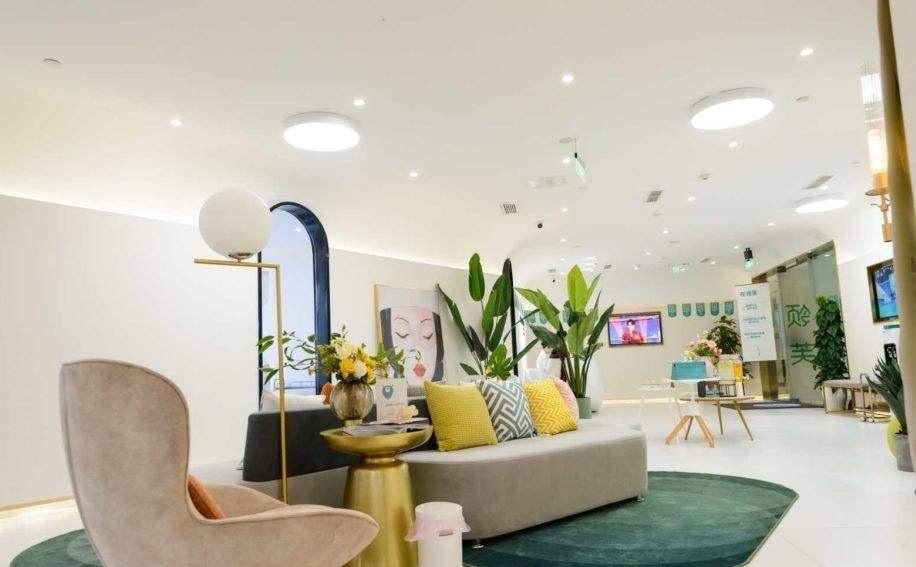Nowadays, with the pursuit of service quality by medical aesthetic consumers, and the transformation and upgrading of the industry from extensive to refined development by supervision, the medical aesthetic industry under the new consumption era has shown a new trend, that is, the "five new" with new brands, new information, new services, new technologies and new supply chains has been initially established, and the "new medical beauty" situation formed has been significantly different from the old medical aesthetic era of rampant counterfeit goods and information asymmetry in the past.

According to the "2021 Medical Aesthetic Industry White Paper" released by the New Oxygen Beauty Research Institute, China's medical aesthetic consumption will gradually recover in 2021 and show a vigorous growth trend, and the overall market size is expected to reach 184.6 billion, returning to the growth channel of more than 20% of the annual compound. This means that after the new crown epidemic has entered the normalization of control, the development of the medical aesthetic industry has entered the right track.
Behind the recovery of the industry, the increase in non-surgical users is more eye-catching. The "White Paper" shows that from 2019 to 2021, the proportion of non-surgical users continued to increase, from 72.6% to 83.1%. Non-surgical light medical beauty is becoming more and more popular and occupies the mainstream in the number of users.
The formation of this trend is related to four major factors, one is the enhancement of user risk awareness; the second is the transformation and upgrading of life beauty institutions into light medical beauty institutions; the third is kol/social media to drive rapid changes in user cognition; the fourth is that medical beauty institutions are more willing to do light medical beauty.
From the institutional point of view, surgical projects and light medical beauty are actually two different ways of playing, with surgical-based institutions, the scene requirements for the big store model, generally a city and a store; and the dependence on doctors is larger, the core competitiveness lies in famous doctors and doctors with high surgical qualifications; expansion is limited by scenes and doctors, and at the same time, consumer repurchase is relatively small.
In contrast, the non-surgical light medical beauty, the scene is a small and medium-sized store, can be a city and multiple stores, the chain possibility is greatly improved; and the dependence on the doctor is relatively low, more inclined to rely on equipment consumables; from the perspective of growth, due to the low requirements for the scene, the doctor and the potential of the chain, combined with the user's high repurchase, the growth of light medical beauty is very impressive.
With the rise of light medical beauty, the value of the industry has also been redistributed, and the key degree of equipment consumables in the industrial chain has become prominent; and in the long run, this segment still has great value in the industry. Recently, a medical aesthetic industry research report by CITIC Securities shows that it is expected that the overall market size of China's medical aesthetics in 2030 can reach 1.3 trillion yuan, with an annual compound growth rate of 14.4% from 2020 to 2030, and light medical aesthetics will still become the main driving force for market development.
Upstream journalist Zhang Hao